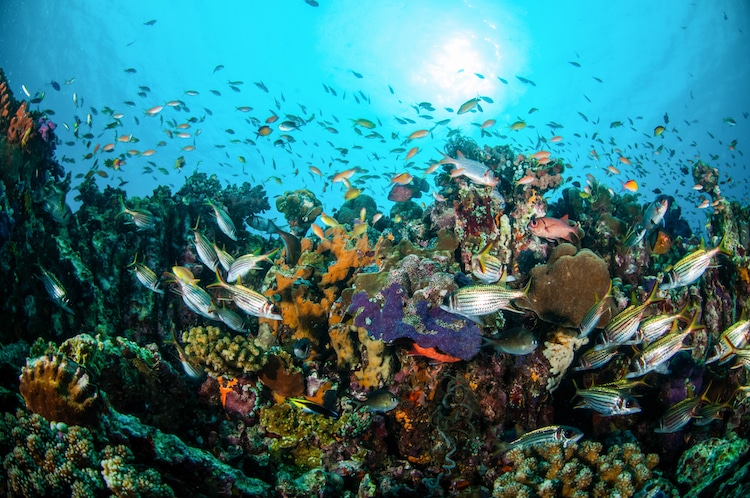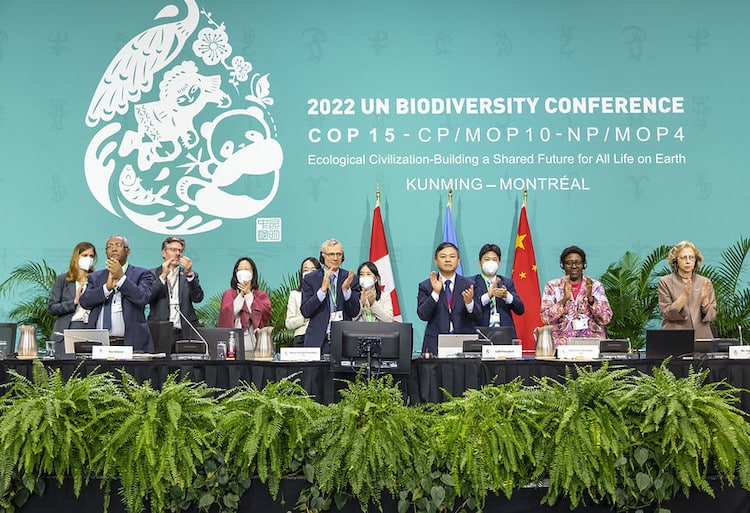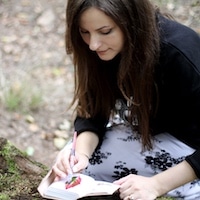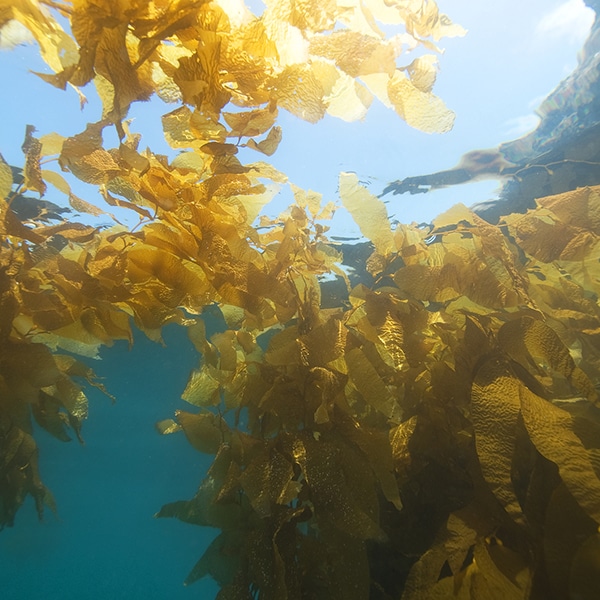
Photo: fenkieandreas/Depositphotos
In a landmark victory for the planet, over 190 countries agreed to a sweeping agreement to protect 30% of Earth’s land and water by 2030. The historic deal was announced at the UN Biodiversity Conference (CBD-COP 15) in Montreal.
The pledge comes after these countries agreed to adopt the Kunming-Montreal Global Biodiversity Framework (GBF) on the final day of negotiations. This framework includes 23 environmental targets that are intended to curb biodiversity loss, restore ecosystems, reverse nature loss, and protect Indigenous rights.
According to The New York Times, only about 17% of the planet’s land and roughly 8% of its oceans are protected. This includes special measures to restrict industries that can harm the ecosystem, such as fishing, mining, and farming. The 30×30 target, as it's called in the framework, will significantly boost the land and water that is protected globally.
Importantly, the framework specifies that Indigenous people who call these lands home should not be displaced to create protected lands. There has been an unfortunate history of displacement in the name of land protection and watchdog groups will be on high alert to see if the framework, once applied, is as inclusive of Indigenous people as it claims.
Other targets in the framework include cutting global food waste in half, preventing the introduction of alien invasive species, and reducing to near zero the loss of areas of high biodiversity importance.

Photo: UN Biodiversity via Flickr (CC BY 2.0)
The only two countries in the world that did not sign the agreement are the United States and the Vatican. While scientists have long urged the U.S. to join the convention, President Biden showed his commitment to the environment by appointing a special biodiversity envoy. And the 30×30 target is part of President Biden's domestic agenda as part of the America the Beautiful initiative.
Negotiations for the framework took the full two weeks of the conference. Part of this was due to part of the proposal that includes an increase in financing for developing countries. Once this sticking point was resolved, things could move forward.
And while there is some skepticism about whether or not global governments will stick to their promises—the previous 10-year agreement did achieve any of its goals globally—this framework includes more checks and balances. For instance, the framework now includes ways to make the target measurable and to monitor how each country is progressing.
Environmentalists and conservationists around the globe are counting the agreement as a victory. “If more people grasped the pace, severity, and long-term implications of biodiversity loss, the eyes of the world might have been focused on Montreal rather than Qatar over these two weeks,” said Andrew Deutz, director of global policy, institutions and conservation finance for The Nature Conservancy. “Against a backdrop of dramatic ecological declines in the face of human-driven pressures, the world badly needed CBD-COP15 to deliver—and, right at the death, it did just that, scoring a win for people and nature.”
Related Articles:
Hawaii Is the First State to Ban Shark Fishing in State Marine Waters
15-Year-Old Inventor of Solar-Powered Ironing Cart Speaks at COP26
Nepal Doubles Tiger Population Thanks to Committed Conservation Efforts
Hawaii Passes Landmark Law Banning Sunscreen Chemicals That Destroy Coral












































































